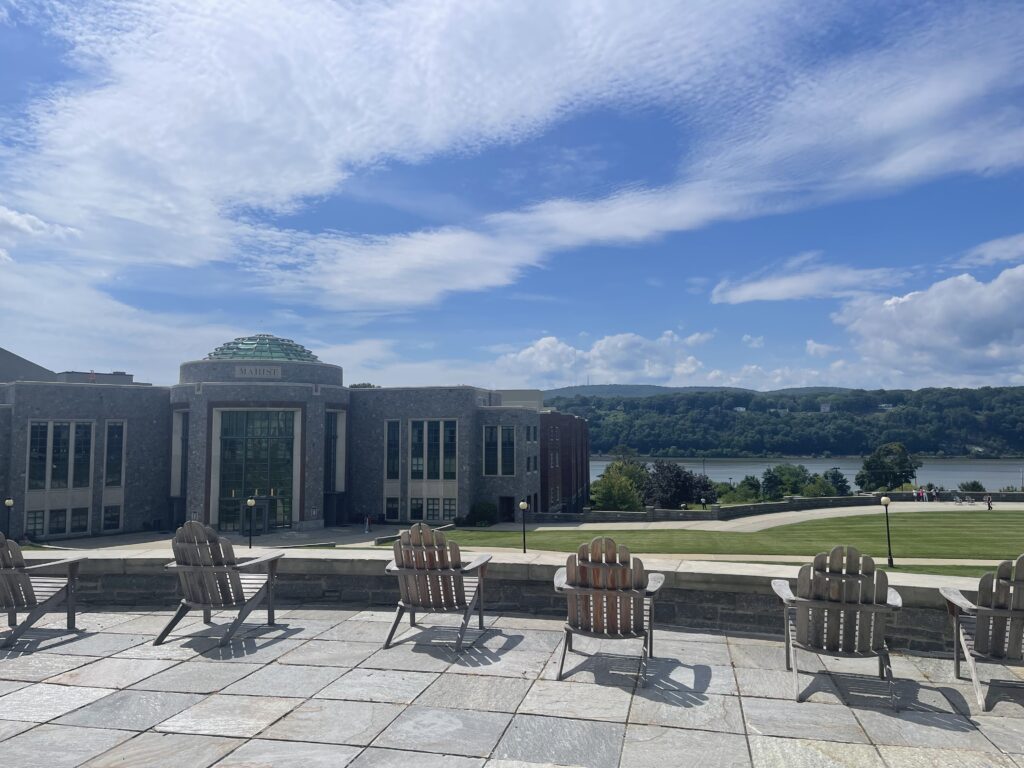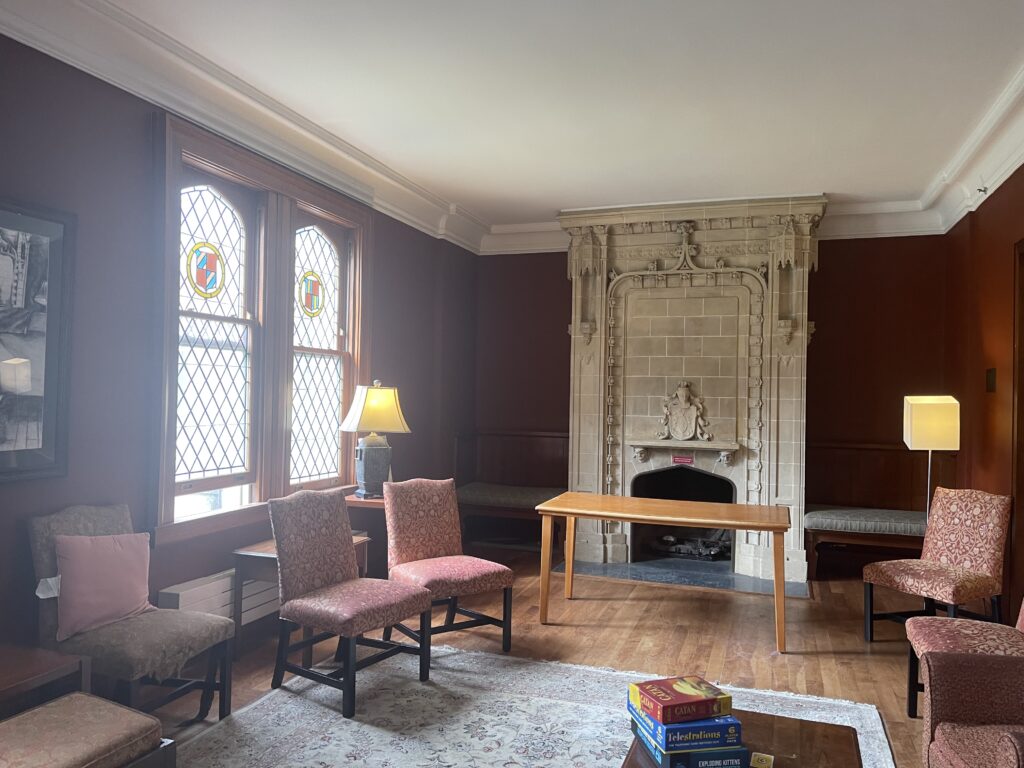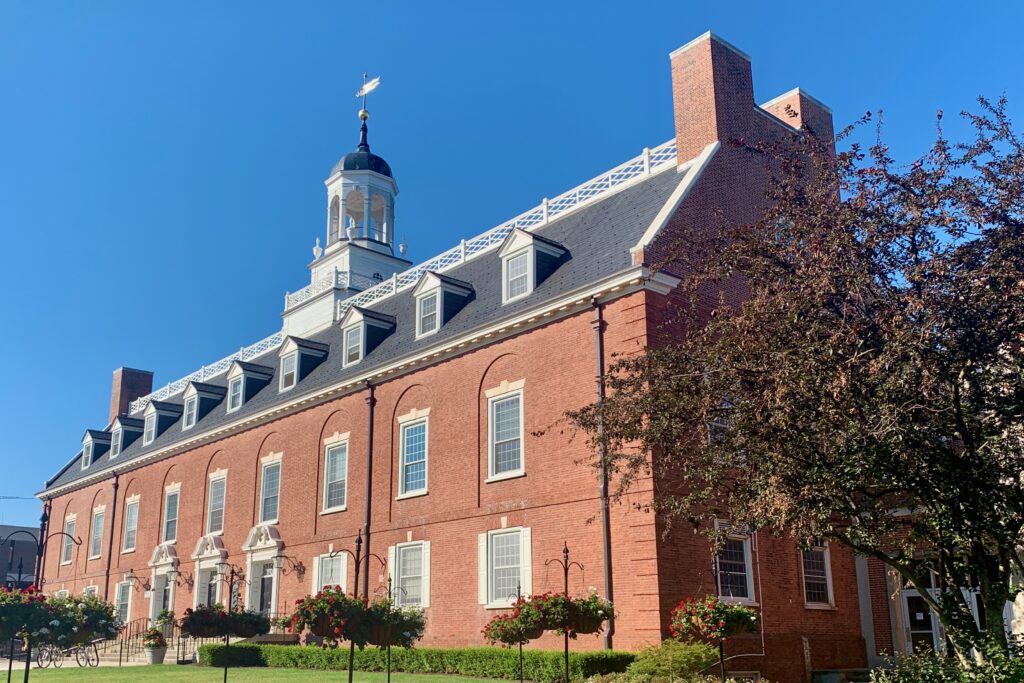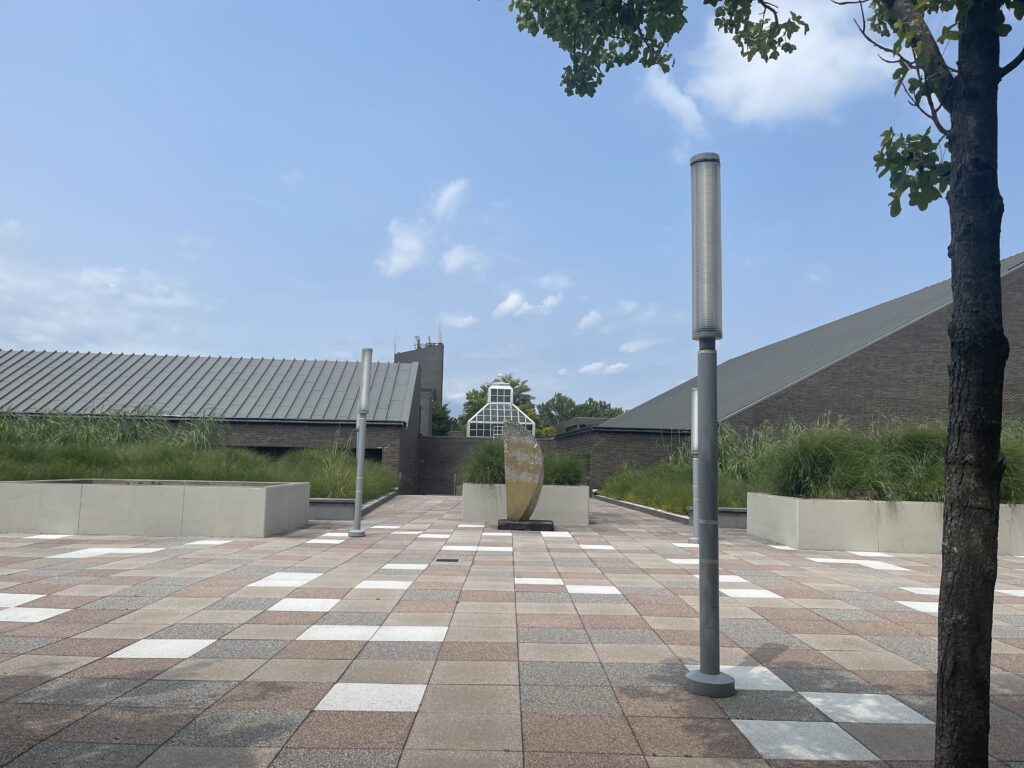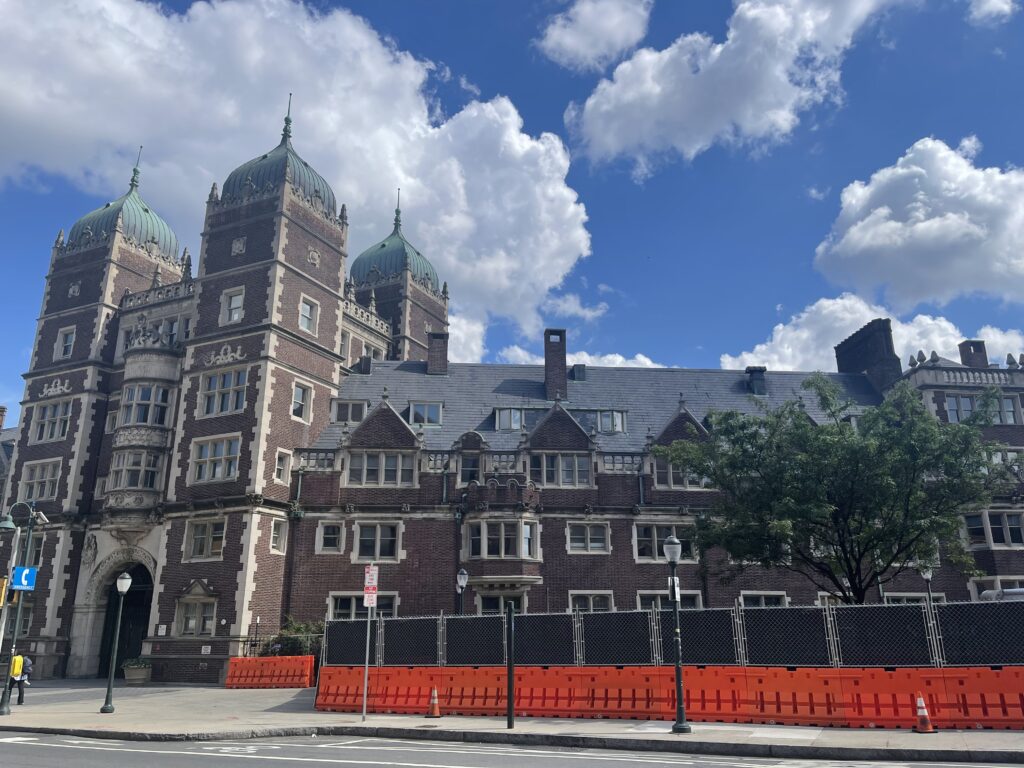I recently visited Marist College in Poughkeepsie, New York. Here are some takeaways from my visit:
· With around 5,500 undergraduates and under 1,000 graduate students, Marist effectively operates as an undergraduate-focused liberal arts college: there are no TAs, the average class size is 20 (with classes capped at 30), faculty must hold a minimum of five office hours each week, students can access research from year one, and there is a range of required liberal arts coursework. Hands-on, experiential learning opportunities abound.
· Marist combines the liberal arts with pre-professional preparation. Business and communications are the two most popular fields of study, with other STEM fields trailing not far behind. Each academic department has its own internship coordinator, and Marist hosts semester-long internship programs in Manhattan, DC and London. The college has a long-standing research partnership with neighboring IBM, where students often intern. There are many interesting on-campus work opportunities, such as the famed Marist Poll, the Center for Social Media and the Center for Sports Communication, which benefits from Marist’s relationship with ESPN.
· The scenic Hudson Valley campus overlooks the Hudson River, with large glass windows allowing students to take in the view wherever they are on campus. 88% of students live on campus all four years. School spirit is strong. New York City is just under two hours away by train or car.
· Despite its Catholic founding, Marist is non-denominational, and most students are not actively religious. That said, traces of the school’s Catholic heritage are evident in its emphasis on service, ethics and character.
· Marist also has two overseas campuses in Dublin and Florence, and students can elect to spend their first year in either. Students can also complete all four years at the Florence campus if they choose.
· The honors college features special housing, coursework and research opportunities for the top 10-15% of incoming students.
· Marist hosts a fashion design program, and student-designed creations are sold at the on-campus Emporium store, which is managed entirely by students.
